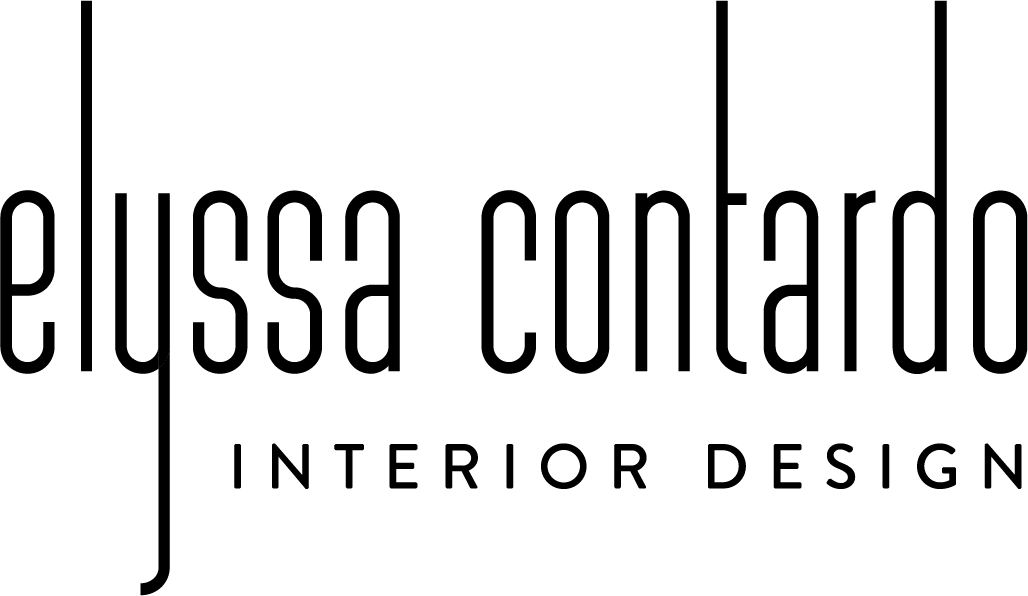How Interior Design affects Mood & Mental Health
Interior design can have a significant impact on a person’s mood and overall well-being. Here are some ways it can affect mood listed by Elyssa Contardo Designs, Interior Designer in Palm Desert, Southern California, Napa, & Park City, Utah:
Color Psychology: Colors can evoke different emotions and feelings. For example, blues and greens are often associated with calmness and relaxation, while reds and yellows might energize and stimulate. The choice of color can set the tone of a room and influence how people feel when they’re in it.
Lighting: Natural light is known to boost mood and productivity, while artificial lighting can either enhance or detract from comfort depending on its quality and placement. Soft, warm lighting can create a cozy atmosphere, whereas bright, cool lighting can increase alertness.
Space and Layout: A well-organized and spacious environment can reduce stress and increase feelings of comfort and security. Conversely, cluttered or cramped spaces might contribute to feelings of anxiety or discomfort.
Furniture and Comfort: Comfortable furniture can greatly affect how relaxed and at ease you feel in a space. Ergonomic designs that support proper posture can also reduce physical discomfort and improve overall mood.
Textures and Materials: The textures and materials used in a space can impact sensory experiences. Soft fabrics might create a sense of warmth and relaxation, while sleek, modern materials might give a sense of calm and order.
Personalization: Spaces that reflect personal style and preferences can make individuals feel more connected and content. Personalized decor and meaningful objects can contribute to a sense of belonging and happiness.
Nature and Biophilia: Incorporating elements of nature, like plants or natural materials, can enhance mood and well-being. The concept of biophilia suggests that humans have an inherent connection to nature, and incorporating natural elements can reduce stress and improve overall mental health.
Acoustics: Sound plays a role in mood as well. Good acoustics can enhance relaxation and focus, while noisy or echoey environments might contribute to stress or irritation.
In summary, interior design impacts mood through various elements, including color, lighting, space, comfort, texture, personalization, nature, and acoustics. Thoughtful design can create environments that promote relaxation, productivity, and overall well-being.
Interior design can profoundly influence mental health by shaping the environment in which people live and work. Here’s how various aspects of interior design impact mental well-being:
1. Stress Reduction and Relaxation
Color Choices: Soft, calming colors like blues and greens can promote relaxation and reduce stress, while vibrant colors might energize but could also lead to overstimulation if overused.
Lighting: Natural light helps regulate circadian rhythms and boosts mood, while well-chosen artificial lighting can create a calming atmosphere or enhance focus.
2. Sense of Control and Comfort
Organization and Layout: Well-organized spaces with functional layouts can help reduce feelings of chaos and overwhelm, making it easier to manage tasks and maintain mental clarity.
Comfort: Comfortable and ergonomically designed furniture supports physical well-being, which is closely linked to mental health. An uncomfortable environment can lead to increased stress and discomfort.
3. Personalization and Identity
Personal Touches: Personalizing a space with meaningful objects, artwork, and colors can create a sense of belonging and identity, which can be comforting and boost self-esteem.
Functional Spaces: Designing spaces that cater to individual needs and preferences, such as quiet areas for relaxation or functional workspaces, can improve overall mental well-being and productivity.
4. Connection to Nature
Biophilic Design: Incorporating elements of nature, such as plants, natural light, and organic materials, can enhance mood and reduce stress. Natural elements are known to have restorative effects on mental health.
5. Acoustic Environment
Sound Management: Good acoustic design can reduce noise pollution, which can be a source of stress and distraction. Quiet, well-managed spaces can promote relaxation and focus.
6. Aesthetic Appeal and Satisfaction
Visual Harmony: Aesthetically pleasing environments can elevate mood and contribute to a sense of well-being. Design that aligns with personal taste and preferences can create a more enjoyable and uplifting environment.
7. Safety and Security
Safe Environment: Well-designed spaces that prioritize safety, such as secure fixtures and clear walkways, can reduce anxiety and create a sense of security. This is particularly important for individuals with certain mental health conditions, such as anxiety disorders.
8. Social Interaction
Social Spaces: Designing areas that facilitate social interaction, such as comfortable living rooms or communal spaces, can enhance social connections and reduce feelings of loneliness or isolation.
9. Routine and Structure
Functional Design: Spaces that support routines and structure, such as designated areas for work, relaxation, and hobbies, can help create a sense of order and predictability, which can be beneficial for mental health.
In summary, interior design affects mental health by influencing how comfortable, secure, and connected individuals feel in their environments. Thoughtful design can foster relaxation, reduce stress, enhance productivity, and promote overall well-being.
